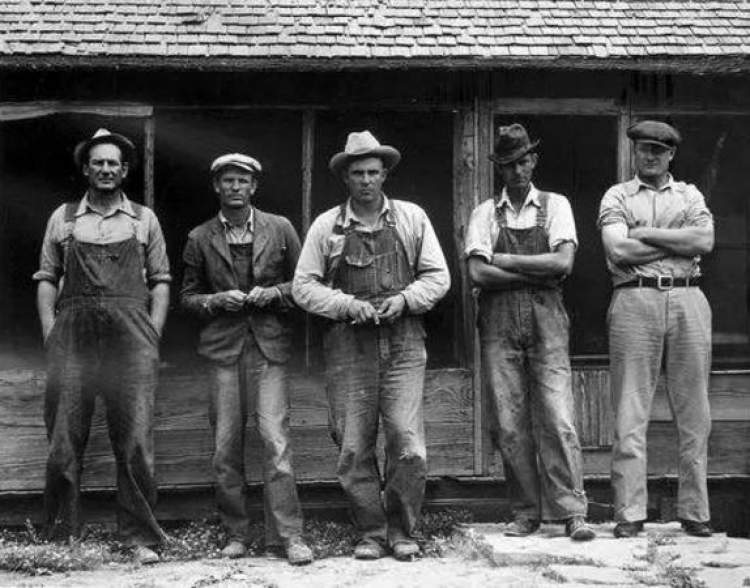Denim : du vêtement de travail à l'icône de la mode – Un voyage dans le temps

Denim, renowned for its durability and versatility, holds a unique place in the world of textiles. With roots tracing back to 17th-century Nîmes, France, the fabric’s story is a blend of craftsmanship, cultural significance, and innovation. The term “denim” originates from the French phrase “serge de Nîmes,” referring to a strong twill fabric initially made from wool or a wool-silk blend. Over time, it transitioned into a cotton-based material, celebrated for its robustness and comfort.
The Historical Evolution of Denim
In the 18th century, denim gained prominence in the United States, especially among laborers who valued its resilience for demanding work environments. Indigo dye, imported from India, played a crucial role in denim’s identity. This natural dye gave denim its signature blue hue, adhering only to the outer threads of the fabric. This unique property allowed denim to develop a distinctive fading pattern over time, adding charm and individuality to each garment.

Denim workers
The Rise of Denim in Fashion
By the 20th century, denim had transcended its utilitarian origins to become a symbol of style and rebellion. Icons such as James Dean et Marilyn Monroe popularized denim in the mid-1900s, making it synonymous with youthful defiance and coolness. Today, denim is a cornerstone of global fashion, offering endless possibilities in design. From skinny jeans to oversized jackets, denim adapts to trends while retaining its timeless essence.
Modern advancements in textile manufacturing have expanded denim’s versatility. Techniques such as acid washing, laser printing, and distressing have given designers tools to push the boundaries of creativity. Coated finishes, metallic sheens, and embellished details further enhance denim’s aesthetic appeal, ensuring it remains a favorite across all demographics.


Denim’s Composition and Unique Characteristics
Denim is traditionally crafted from cotton fibers using a twill weave, characterized by its diagonal ribbing. This weave not only adds texture but also increases the fabric’s strength and durability. While classic denim is 100% cotton, contemporary versions often include synthetic fibers like spandex for added stretch or polyester for enhanced durability. These innovations cater to diverse consumer preferences, blending comfort with style.
One of denim’s most celebrated traits is its ability to age gracefully. Over time, wear and washing create fades, whiskers, and other unique patterns, making each piece personal to its wearer. This individuality has contributed to denim’s widespread appeal, from casual streetwear to luxury runway designs

Cultural Significance of Denim
Denim’s impact extends far beyond fashion. It has become a cultural symbol, representing resilience and practicality. Its association with “blue-collar” workers highlights its historical use as affordable, durable workwear. The very term “blue-collar” derives from the blue denim uniforms worn by manual laborers, cementing denim’s legacy in societal history.
Simultaneously, denim’s adoption by various subcultures has solidified its status as a universal fabric. From punk rockers and hippies to high fashion designers, denim has been a canvas for self-expression across generations.




Conclusion
Denim’s journey from the bustling mills of Nîmes to its global dominance in modern fashion underscores its unparalleled versatility and timeless appeal. Its rich history, coupled with its ability to evolve and adapt, makes it a fabric like no other. Whether it’s a well-worn pair of jeans, a sleek denim dress, or an embellished jacket, denim continues to captivate designers and consumers alike. It remains not just a material but a symbol of innovation, individuality, and enduring style.
Prêt à explorer des tissus denim de haute qualité pour votre prochain projet ? Visitez lydenim.com ou contactez-nous au malone@lydenim.com pour en savoir plus !
